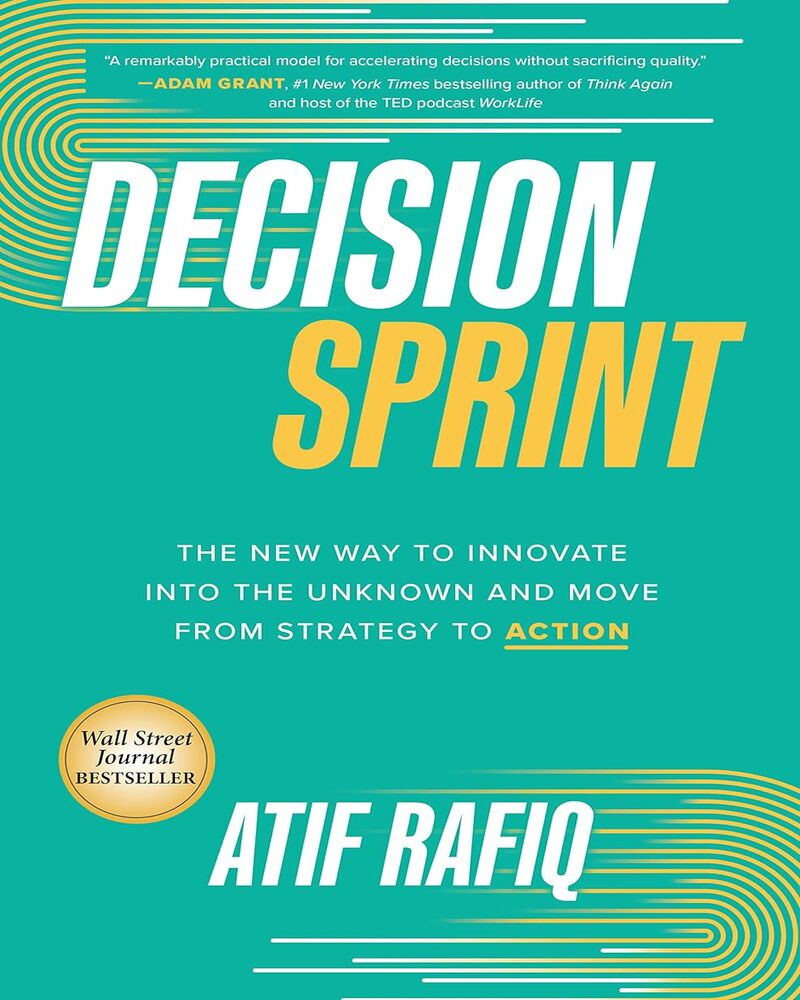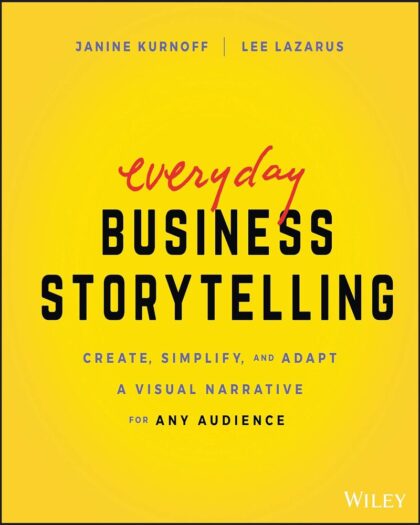Fearlessly delve into the unknown with breakthrough methods to put your company on the path to innovation, creativity, and growth.
It’s no secret that steering a business has become dramatically more complex and uncertain in our modern era. Constant exploration of new territory by teams is the name of the game. Yet most companies are stuck with yesterday’s approach to problem solving. Problem solving needs to be reinvented to meet today’s challenges. The future of business depends on it.
Having reached the highest levels of the Fortune 500, digital disrupter Atif Rafiq has written Decision Sprint to pull the curtain back on the hidden management systems within your organization that impact how people think, collaborate, and make decisions.
Talent is vital to any company’s advancement, but it’s the collaboration and problem solving systems that separate industry leaders from the rest. Systems designed to embrace unknowns are the quickest, most enduring way to foster growth, continuous innovation, and results. Learn how teams begin with upstream work—the phase of a promising idea or initiative where the unknowns predominate—to problem solve anything, thus unlocking downstream actions from alignment to decision making to execution.
With Rafiq’s guidance, you’ll overtake your competitors by moving upstream, embracing workflows that convert unknowns to clear recommendations, alignment, and action. In addition, you’ll receive direct advice from the CEOs/presidents of H&R Block, Volvo, Peacock, Restaurant Brands, Orange Theory Fitness, among others—and learn from in-depth case studies such as Amazon’s disruption of publishing, the massive digital transformation of McDonald’s, the secret of launch of Apple Pay, Volvo’s push for sustainability, and more.
Don’t just be ready for the next frontier of business, be continuously ready for the unknowns with Decision Sprint.
















Decision Sprint lays out the process for turning ideas into execution by wrestling with multi-faceted unknowns in the upstream early on in the process thereby enabling alignment and support from disparate groups for effective execution in the downstream.
The workflows outlined in the book can be applied across a wide variety of institutions, from small teams at a growing startup to Fortune 100 companies with global business units that may be siloed.
What agile methodologies have done for software development, the framework and methods laid out in this book have the potential to do the same for the development of business innovation and decision-making. Highly recommended reading!
Readers will find Atif’s description of how AI tools can be used to augment the workflows very timely as well.